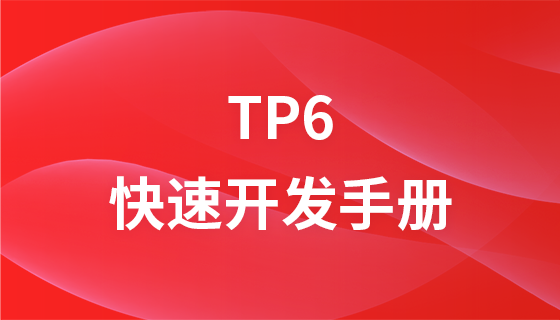今天研究了一下ThinkPHP的钩子,也算是框架的核心功能之一了,感觉很不错。主要的两个方向就是行为扩展和插件,这两个都是业务逻辑比较独立的,无需改动框架即可实现某个功能。
行为(Behavior),以下从tp3.2手册摘了一段,还是比较好理解的。
你可以想象成在应用执行过程中的一个动作或者处理,在框架的执行流程中,各个位置都可以有行为产生,例如路由检测是一个行为,静态缓存是一个行为,用户权限检测也是行为,大到业务逻辑,小到浏览器检测、多语言检测等等都可以当做是一个行为,甚至说你希望给你的网站用户的第一次访问弹出Hello,world!这些都可以看成是一种行为,行为的存在让你无需改动框架和应用,而在外围通过扩展或者配置来改变或者增加一些功能。
你用来标记某个行为的名称,我们就称之为标签(tag),tp框架里有内置的系统标签,如app_init、app_begin等,这些标签就标记某些位置的行为(处理该行为)。
行为标签的定义,一般是在配置文件中 Common/conf/tags.php
return array(
'mytest' => array('Portal\\Behavior\\testBehavior'),
);这里前面就是钩子,而后面的array 是执行为处理的位置,可以对应多个,是按顺序依次执行。这是自动钩子定义,还可以手动定义标签
3.2.1版本之前
\Think\Hook::add('action_begin','Home\\Behaviors\\test1Behavior');3.2.1版本之后
\Think\Hook::add('action_begin','Home\\Behaviors\\test1Behavior');两个方法都是可以的,这里需要注意一下,现在很多网上关于钩子和行为的博客解说的都是3.2.1之前的,是按照插件的路径去找执行方法的。
不得不说一下,tp这里的处理比较坑。。
static public function exec($name, $tag,&$params=NULL) {
if('Behavior' == substr($name,-8) ){
// 行为扩展必须用run入口方法
$class = $name;
$tag = 'run';
}else{
$class = "plugins\\{$name}\\{$name}Plugin";
}
if(class_exists($class)){ //ThinkCMF NOTE 插件或者行为存在时才执行
$addon = new $class();
return $addon->$tag($params);
}
}这里检测了class不存在之后啥都没有,debug下不记录日志也没trace,也是醉了。
上面的代码写的很清楚,$name是指tag的执行路径,如果name后缀为Behavior的就作为行为扩展执行,如果不是,则作为plugns下的插件执行。
- 行为的触发
两种方式,看代码就知道其实就是tag调用Hook:listen
\Think\Hook::listen('标签名'[,参数]);
tag('标签名'[,参数]);- 行为扩展
行为扩展的定义,run在父类中是抽象方法所以必须重写run方法,而行为扩展的入口就是run方法,有且只有一个run。
<?php
namespace Home\Behaviors;
class testBehavior extends \Think\Behavior{
//行为执行入口
public function run(&$param){
}
}- 插件
插件的定义,在plugins目录下,插件名作为文件夹test,下面有testPlugin.class.php,这样的结构才能被tp找到,这里只是一个简单的主体Controller,test插件文件夹可以根据情况配置Controller、model、view等模块,简直不要太强大。
<?php
namespace plugins\test;
use Common\Lib\Plugin;
class testPlugin extends Plugin {
public function mytest($param){
echo 'this is plugin test-mytest';
}
public function yourtest($param){
echo 'this is plugin test-yourtest'; //另一个插件钩子的执行入口
}
}和行为扩展不同,一个插件中可以包含多个方法,作为不同钩子的的处理方法,这应该是最大的区别。



















![[Web front-end] Node.js quick start](https://img.php.cn/upload/course/000/000/067/662b5d34ba7c0227.png)



